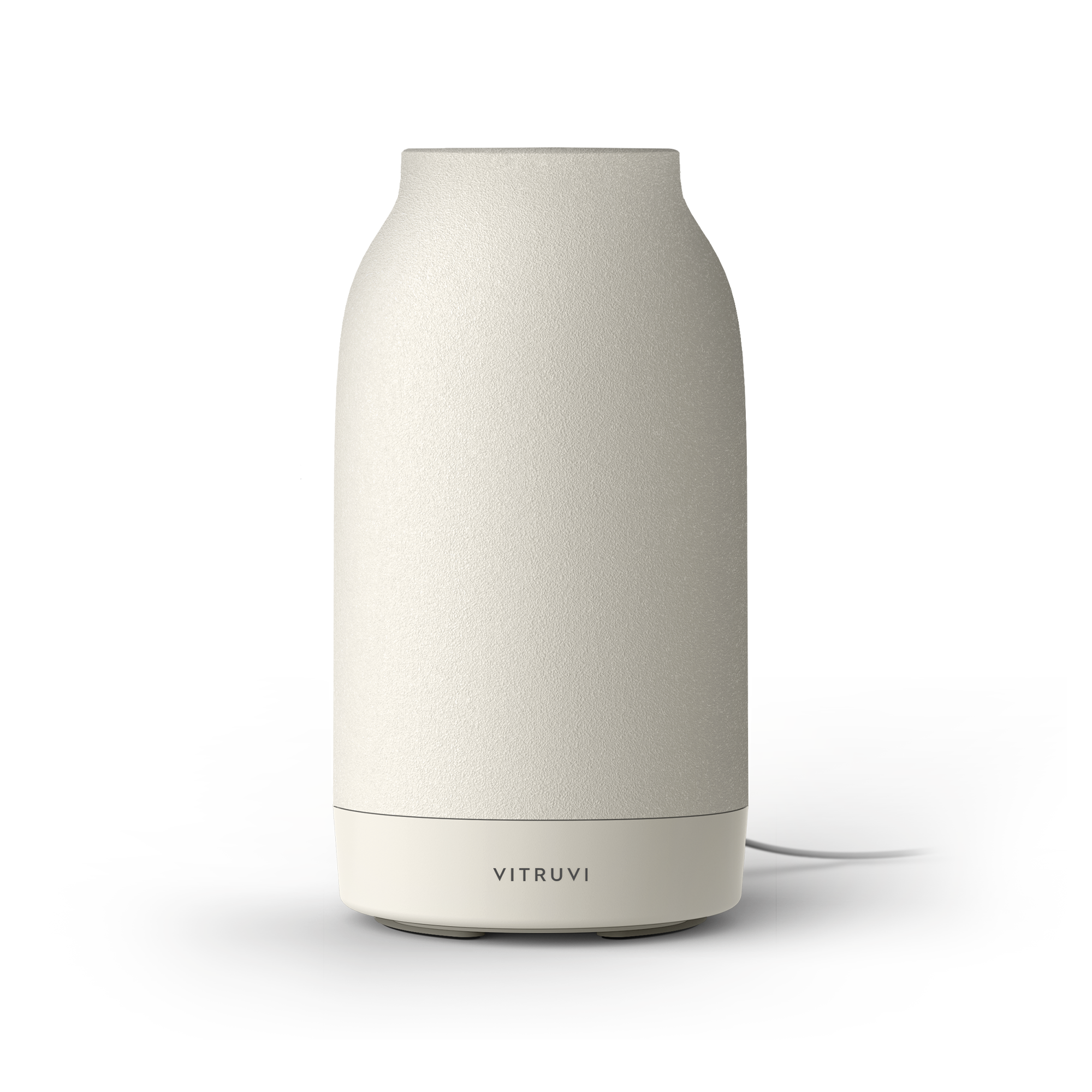For those who grew up in a Chinese household, it’s ingrained within us through language and cuisine to know that certain foods—like ginger or lychee, for example—create heat to warm the body.
If you have too much lychee, though, you can tip the balance; it can cause inflammation manifesting in acne or ulcers. Longan, its more temperate and lesser-known cousin, is preferable. While longan is also considered a warming food, it is associated with the heart and spleen meridians and offers a calming effect to help with sleeplessness and anxiety.
Zoey Xin Gong, a Traditional Chinese Medicine (TCM) nutritionist and chef, knows the lexicon of medicinal food intimately. A Shanghai transplant based in Brooklyn, she found herself falling ill from the over-salted, heavily processed, high-calorie American diet when she first immigrated to the United States as a teenager. In her recovery from ailments such as breast tumours, joint inflammation, and amenorrhea (she was without menstruation for two years), she relied on ancestral food and apothecary practices to lead her healing.

“I’m more peaceful, more zen, more happy, and more flexible,” she says of the balance that she’s been able to achieve through holistic nutrition. She advocates for food therapy and eating for your body constitution. From a TCM perspective, there are nine constitutions that vary from person to person—examples include qi deficiency, blood stasis, and damp heat. The most ideal, of course, is to be neutral, where the body is in optimal order.
Having studied nutrition, public health, and TCM, Gong imparts the wisdom of this cultural inheritance with those who also desire to engage with questions of food energetics, seasonality, and herbalism. “It’s important that people are taught how to safely use herbs, as they are essentially making a medicine for their constitution,” she says via video. “Reishi, for example, is great because it’s more neutral, but you would only want to use a little red Korean ginger, because it could be too warming.”
Through her consulting practice and a weekly supper series called Table 81 that she hosted from her apartment pre-pandemic, she appeals to a generation through artful cuisine and herbal storytelling. Her Chinese-born American peers who have long observed their grandmas’ concoctions and brews are taking particular notice of her beguiling ways; they recognize the peculiar and pungent herbs and potions, but they’ve never known how to use them. Gong’s contemporizing of these millennia-old practices lends a compelling interpretation to traditional medicine that is so often thought of as reserved for our elders. She becomes, in essence, a translator through education and culinary exploration, captivating a wide and diverse audience.
In her own daily ritual, she takes the time to prepare an elixir or a soup of some sort, recognizing the importance of eating slower foods and consuming more cooked dishes to promote better digestion.
During the pandemic, she launched Five Seasons TCM, where she and her team have created an online educational database and shop; those who are curious can learn more about the foundational principles of TCM, discover new enticing recipes with traditional ingredients, and purchase herbs.
Next up, Gong will be opening a cafe called Red Pavilion in New York where we can try her cooking in-person. It’s a space that she’ll be co-sharing with experiential designer Shien, the founder of Dances of Vice. In the meantime, she offers us her recipe for a warming soup to get us through another pandemic winter.
Chicken Buckwheat Noodle Soup
Servings: 3-4
Prep time: 30 minutes
Cook time: 3 hours
Ingredients
- 2 bags Superwomen Tonic
- 1/2 bag Mushroom Mix
- 1 whole chicken, silkie or cornish
- 6 garlic cloves, whole
- 1 inch ginger, sliced
- 3 scallions, cut into 1-inch pieces
- Water to cover
- 1 teaspoon ground white pepper
- 6 ounces 100 percent buckwheat noodles
- Salt to taste
- 2 tablespoons dried goji berries, for garnish
- 2 teaspoons sesame seeds, for garnish
- 2 tablespoons sesame oil, for garnish
- 3 tablespoons scallions, chopped, for garnish
Directions
- Clean the chicken by removing the giblets from the inside. Rub it with salt all over, then rinse it with cold running water.
- Put it into a pot of water and bring it to a boil. Then strain and rinse it again with cold water.
- In a large pot, place the chicken with the ginger slices, scallions, garlic, pepper, and mushroom mix, and cover with water. Bring to a boil then reduce to a simmer, skimming off any foam that rises to the surface. Simmer for 45 minutes to 1 hour, until the meat is tender and is removed from the bones easily.
- Remove the chicken from the broth and set it aside to cool until it’s safe to handle.
- Shred the chicken meat and put it aside. Return the leftover bones to the pot and resume simmering for 2 hours.
- Add the tonic bag halfway through and infuse for 1 hour.
- Strain the broth and discard the bones and aromatics, then return the broth to the pot. Season with salt to taste.
- Bring the broth to a boil and add the buckwheat noodles. Cook for approximately 7 minutes (until the noodles are done). Add the chicken back to the pot to warm through.
- Serve topped with goji berries, scallions, sesame seeds, and sesame oil.












